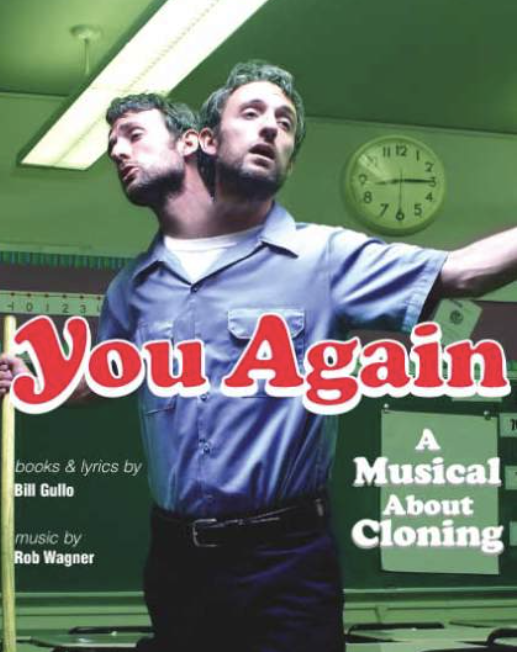I recently had lunch with my friend Kerry Watterson who I met years ago after casting him as a two-headed custodian in my musical, You Again, A Musical about Cloning, which I often name as my most beloved project. I had never written song lyrics before and the experience taught me something new about my creative process: lyrics are to be written while riding my bike rather than grinding my laptop. More on this another time, but it’s related to my post about Writing While Wet and the brain’s default mode network.
Kerry is an excellent actor and singer and is now a philanthropy and fundraising executive who specializes in social justice and social impact. If you were to look him up online, you’d see he’s raised more than $480,000,000 (!) to create ‘transformative impact’ for arts and education programs, social justice organizations, political campaigns, and private and commercial investments aimed at creating social good. Despite this, it’s still possible to hang out with him without feeling like a lesser human. He’s a strong and optimistic person, and I love hearing about his work.
With our shared background in the arts, Kerry and I found our way to a conversation about creativity in the development field. He spoke about how his theater background and storytelling chops are valuable assets in his fundraising work as he helps organizations discover the most compelling way to tell ‘the story of their work’ to attract funders and impress stakeholders. Many nonprofit leaders are more focused on doing the work than talking about it—let alone crafting a compelling narrative about it. Similarly, many nonprofits tend to communicate what they do, rather than focusing on the impact of their work. Funders and boards are glad you want to make a difference, but you have to prove that you actually are making a difference.
Stories are one invaluable way to do that.
With This Time/Next Time, I hope to positively impact people and their storytelling, whether in film, TV, fiction, or in organizational settings. If you’re responsible for communicating about a nonprofit organization, start thinking and writing about the impact of your work and how you can prove it.
And do not do storytelling alone or in a vaccuum. Tell the story to the people around you. See how they react. Note when they lean in and consider the questions they ask. Get the story out of your head and into the world to see how it lands. How else will you know how many heads your custodian should have?
If you think I can help you explore, develop, or improve your communications or storytelling, drop me a line. This time and Next time…

